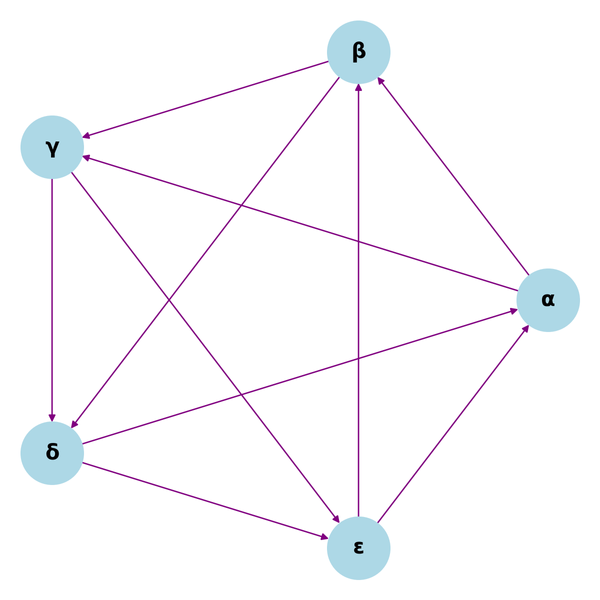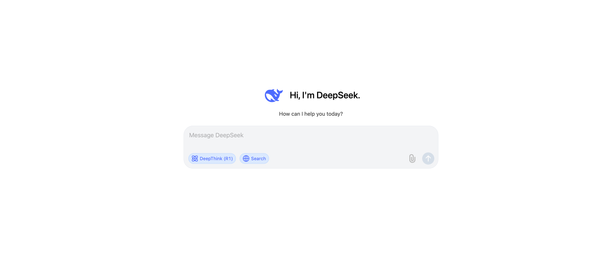A Better Way to Build APIs: REST API vs RPC and gRPC vs GraphQL
Introduction
REST application programming interface, RPC, gRPC, and GraphQL. These four technologies are often mentioned together, but what do they actually mean? More importantly, which one should you be using for your business? This article will compare REST API vs RPC and gRPC vs GraphQL in terms of advantages and disadvantages and see which companies are using them. By the end of this article, you will have a clear idea about each technology and for whom it is suited!
1. What Is Representational State Transfer (REST)?
REST is an architectural style mainly for designing networked applications. It is not a protocol, but it does use existing protocols, such as Hypertext Transfer Protocol (TCP), to transfer data. REST is often used in conjunction with web services, such as those written in Simple Object Access Protocol (SOAP).
Which Companies Are Using It?
Many companies are using REST, some of the most popular includes:
- Amazon
2. What Is Remote Procedure Call (RPC)?
RPC is a protocol that allows a program to send requests to another program in order to execute a procedure. The other program may be on the same machine or on a different machine. RPC is often used in conjunction with web services, such as those written in Common Object Request Broker Architecture (CORBA) or Distributed Component Object Model (DCOM).
Which Companies Are Using It?
Many companies are using RPC, some of the most popular includes:
- Microsoft
- IBM
- Apple
What Are The Similarities Between REST API And RPC?
There are several similarities between REST API and RPC:
- Both are used to make requests to a remote system.
- Both use existing protocols, such as TCP to transfer data.
- Both can be used in conjunction with web services.
- Both have many popular companies using them.
What Are The Differences Between These Two Frameworks?
Now that we have seen the similarities between these two technologies, let's take a look at the differences.
1. REST API Is An Architectural Style, While RPC Is A Protocol
REST is an architectural style developed for designing networked applications, while RPC is a protocol that allows a program to send requests to another program in order to execute a procedure. It is important to note that RPC can be used with various protocols, while REST usually uses Hypertext Transfer Protocol (TCP).
2. REST Is Not Tied To Any Specific Language, While RPC Usually Is.
REST is not tied to any specific language, while RPC usually is. This means that you can use REST with any programming language, while RPC is often limited to a few languages, such as C++ or Java.
3. REST Uses A Uniform Interface, While RPC Does Not.
REST uses a uniform interface, which means that all of its components must follow the same rules. This makes it easier to design and implement REST applications. RPC does not have this requirement, which can make it more difficult to design and implement RPC applications.
4. REST Is Stateless, While RPC Is Stateful.
REST is stateless, which means that each request is independent of the others. This makes it easier to scale REST applications. RPC is stateful, which means that each request is dependent on the previous one. This can make it more difficult to scale RPC applications.
So, Which One Should You Use?
Now that we have seen the differences between these two technologies, it is time to decide which one you should use. If you need to design a networked application, then REST is the way to go. If you need to send requests to another program in order to execute a procedure, then RPC is the way to go.
Now that we have seen the similarities and differences between these two technologies, it is time to take a look at the next two: GRPC and GraphQL.
3. What Is gRPC?
gRPC is a Remote Procedure Call (RPC) framework that uses Protocol Buffers (Protobufs) to serialize data. It was developed by Google to enable microservices to communicate with each other in a more efficient way. gRPC is mainly based on the concept of a service definition, which is a file that defines the methods that are called by a client and the parameters that each method takes.
gRPC is language-agnostic, meaning it can be used with any programming language. It also supports bi-directional streaming and authentication using TLS/SSL.
Which Companies Are Using It?
Some of the notable companies in the world are using gRPC, including
- Netflix
- CoreOS
In addition, many open-source projects have adopted gRPC, such as Kubernetes, docker/distribution, etc.
4. What Is GraphQL?
GraphQL is a query language designed for APIs that was developed by Facebook. It allows clients to request specific data from a server and for the server to send back only the data that is requested. GraphQL is also language-agnostic and supports bi-directional streaming.
Which Companies Are Using It?
What Are The Similarities Between gRPC And GraphQL?
There are several similarities between gRPC and GraphQL:
- Both are language-agnostic.
- Both support bi-directional streaming.
- Both are based on the concept of a service definition.
What Are The Differences Between gRPC And GraphQL?
As well as similarities, there are also several key differences between these two frameworks:
1. gRPC Uses Protocol Buffers To Serialize Data, While GraphQL Uses Its own Query Language
Both gRPC and GraphQL are used to communicate between microservices, but they use different approaches. gRPC is developed on the concept of a service definition, while GraphQL uses a query language. Both frameworks are language-agnostic and support bi-directional streaming. However, the main difference is that gRPC uses Protocol Buffers to serialize data, while GraphQL has its own query language.
2. gRPC Is Focused On Performance, While GraphQL Is Focused On Flexibility
gRPC is focused on performance and uses Protocol Buffers to serialize data. This results in more efficient communication between microservices. GraphQL, on the other hand, is focused on flexibility. It allows clients to request specific data from a server and for the server to send back only the data that is requested.
3. GraphQL Has A Richer Feature Set Than gRPC
GraphQL has a richer feature set than gRPC, including the ability to query specific data from a server and support for multiple programming languages. It also has a more flexible approach to data serialization.
So, Which One Should You Use?
After looking at the similarities and differences between gRPC and GraphQL, you may be wondering which one you should use. The answer depends on your specific needs. If you need a fast and efficient way to communicate between microservices, then gRPC is a good choice. However, if you need more flexibility, then GraphQL may be a better option.
In conclusion, both gRPC and GraphQL have their own strengths and weaknesses. It is up to you to decide which one is best for your needs.
Final Thoughts
All in all, there is no single "best" solution when it comes to API design. Each approach has its own advantages and disadvantages that need to be considered when choosing an API for your project. The key is to select the right tool for the job at hand.
Subscribe to my weekly newsletter for the latest insights on Golang, DevOps, Cloud-Native, Linux, Kubernetes, and more.
Follow me on Twitter!


